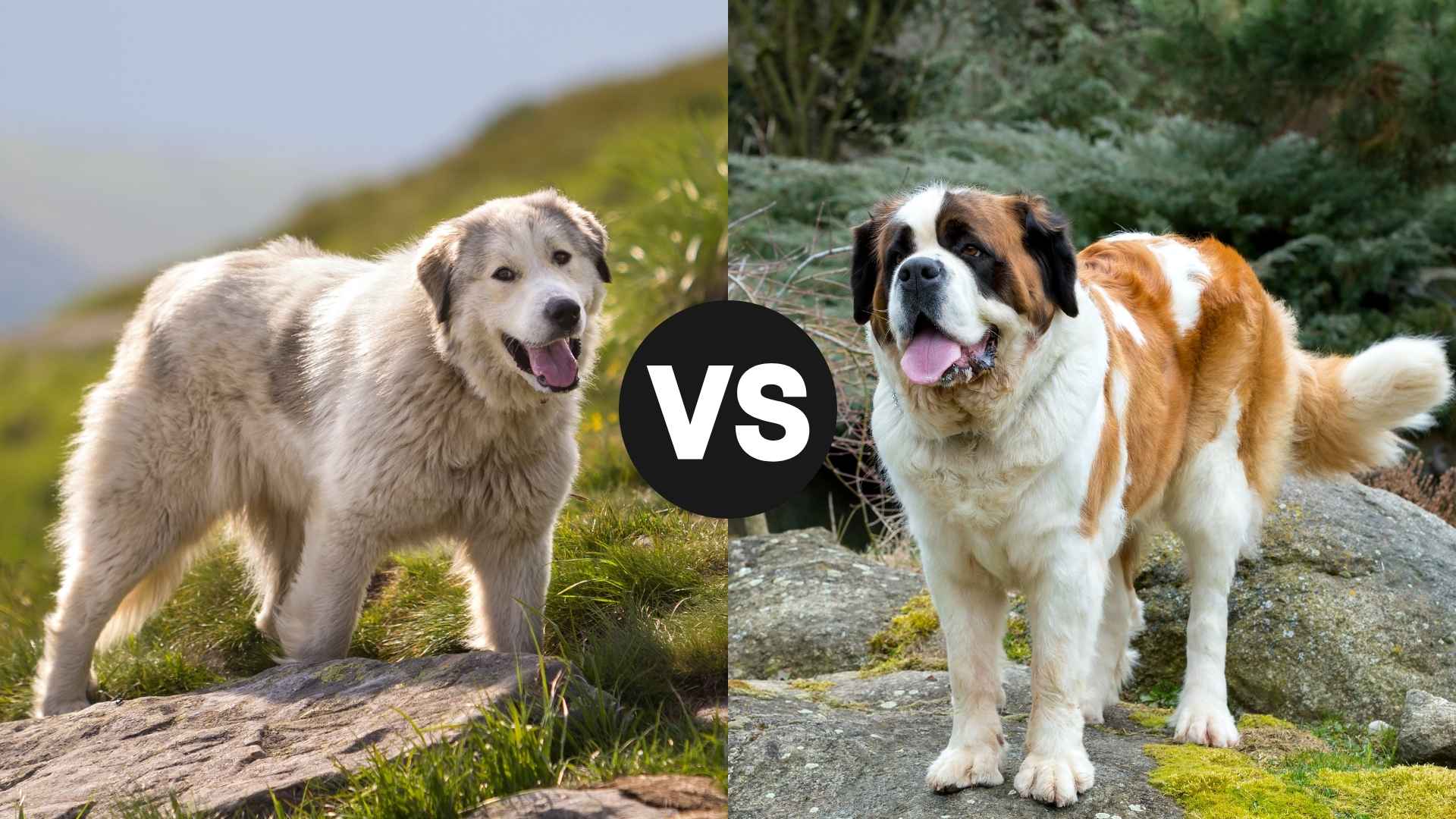There’s something undeniably magical about giant dog breeds. They are independent, with a quiet attitude, but behind those heavy paws and powerful frames, you’ll find partners full of love.
When it comes to the Great Pyrenees and the Saint Bernard, dog lovers are often excited. Both breeds have immense loyalty and striking beauty.
It’s not only about size, it’s about personality, their care needs, and the kind of bond you’re looking for. Whether you’re a family with kids, an experienced dog owner, or you just want to have a partner, this deep dive into the Great Pyrenees vs. Saint Bernard will help you make a good, informed decision.
Great Pyrenees vs Saint Bernard: Which One To Choose?
These breeds may seem similar at first glance. They are fluffy, gentle, and built like small bears. Their differences are just as important as their similarities. From their origins in the Swiss Alps and the Pyrenees Mountains to their unique behaviors and quirks, they have their own stories.
Great Pyrenees vs. Saint Bernard: Size and Physical Build
These breeds come under the giant breed category but their builds and presence feel surprisingly different. The Great Pyrenees is long, leaner in silhouette with an elegant, almost regal appearance. Males normally weigh between 100–120 pounds and females are slightly smaller. They carry themselves with calm confidence. These are also rescue dogs that are watchful and dignified.
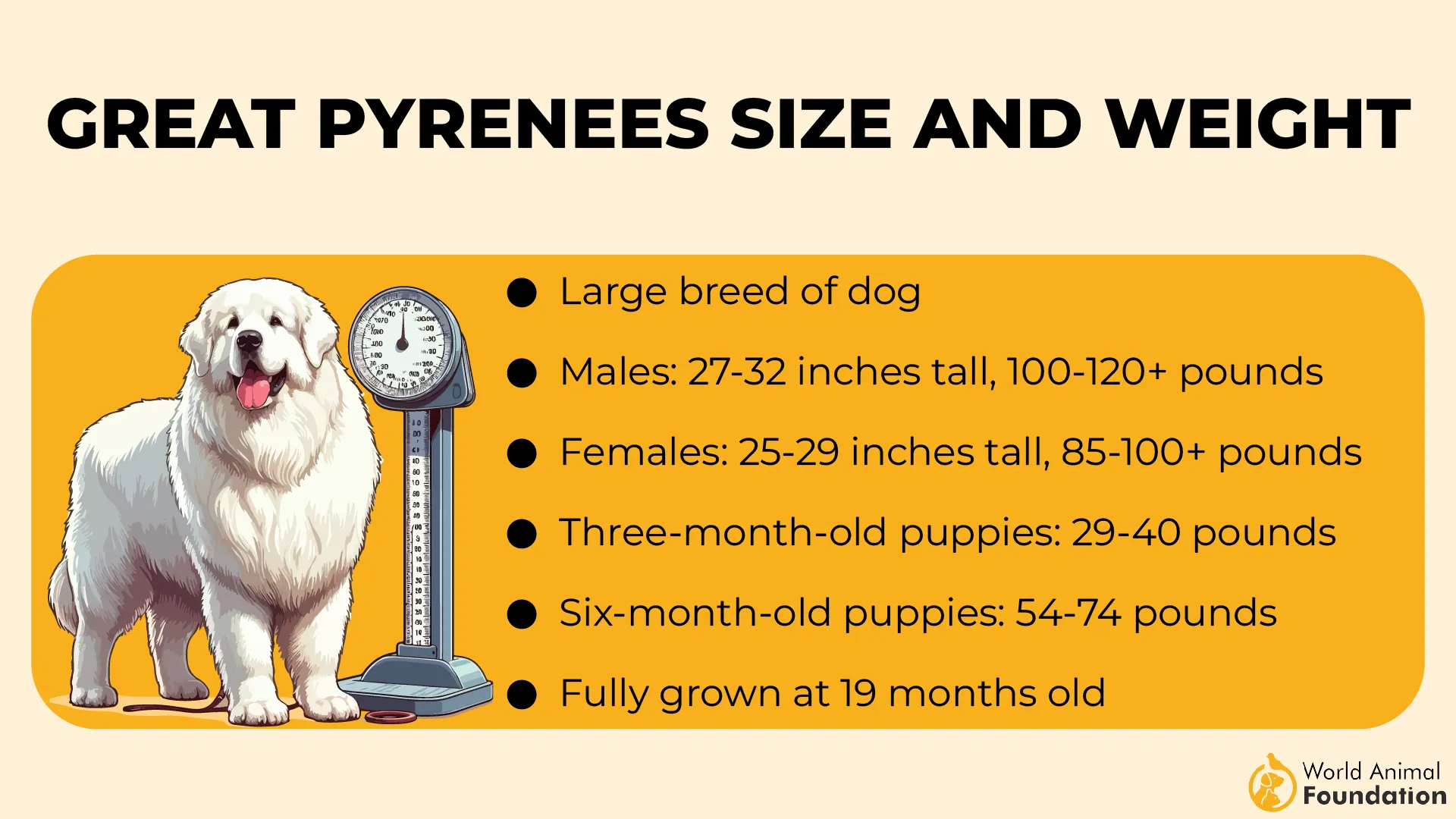
The Saint Bernard is the heavyweight of the two. These Swiss mountain dogs were originally bred for search and rescue operations in the dangerous conditions of the Great St. Bernard Pass. Their barrel-chested, muscular frame makes them immensely powerful. Males are often 140–180 pounds with some tipping the scale at 200 pounds.
Saints are bulkier, shorter-legged and feel more “solid” in stature. They give off the vibe of a protective, good-natured bodyguard and the Pyrenees feels more like a perfect guardian.
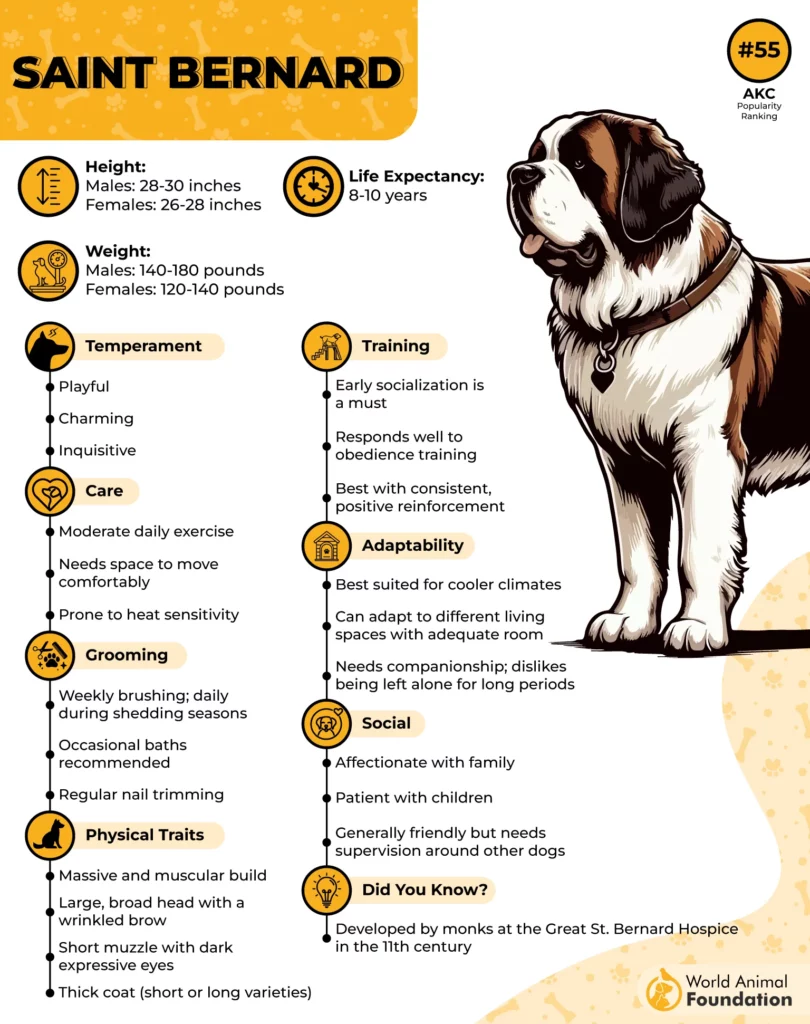
If you’re looking to have an apartment dog, neither is ideal due to their size but the Pyrenees might be slightly better choice due to their calmer indoor nature. Still both breeds need space to stretch and regular walks to stay healthy and happy.
Great Pyrenees vs. Saint Bernard: Coat Type and Maintenance
The Great Pyrenees has a lush double coat that is weather-resistant and thick, as per Purina. It’s long-haired and prone to seasonal shedding. They look stunning and need daily brushing to prevent matting and to keep their fur from taking over your living room.
Saint Bernards also have a double coat, but it comes in two varieties. They have short-haired and long-haired coats.
You’ve got to regularly brush them at least 3–4 times a week, especially for long-haired Saints, to avoid tangles and keep their fur fresh.

They can go days without bathing. Their furs can trap snacks, mud and leaves so if you don’t want to have bad odor all around your house, bathing is must.
For most owners, grooming becomes a connecting activity. If you dislike brushing or cleaning up fur, the grooming demands of both breeds might wear you down. You never want your dogs to feel low or appear dull, so a regular routine is a must.
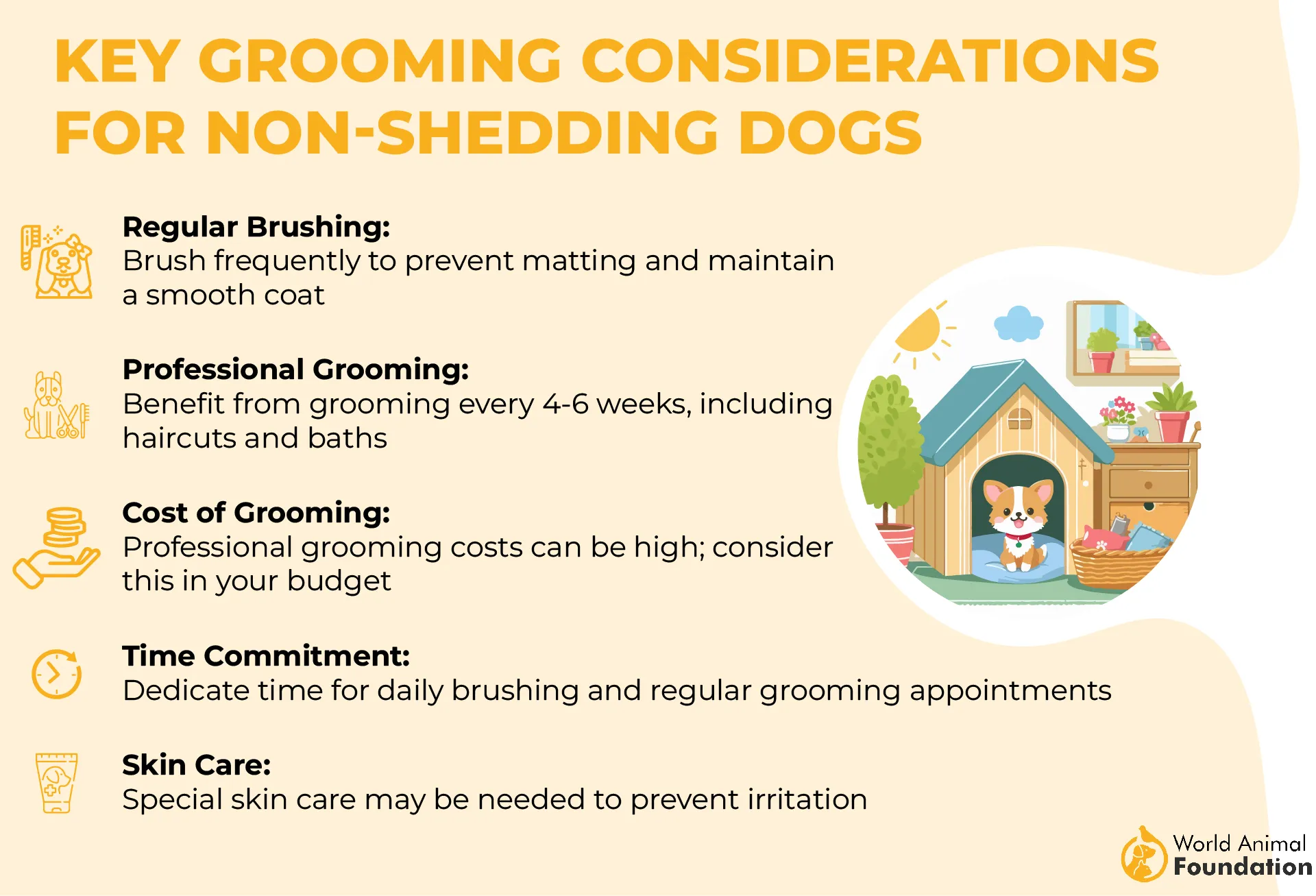
Great Pyrenees vs. Saint Bernard: Temperament and Behavior
These two dogs have different temperaments. The Great Pyrenees was originally bred to protect flocks from predators. As a result, they’re independent, alert and sometimes even reserved. They aren’t out to please every stranger they meet. Instead, they bond deeply with their family and often choose to observe and test before engaging.
Saint Bernards, on the other hand, are extroverted and affectionate. Known as “nanny dogs,” they adore children and act like oversized lap dogs. Their gentle temperament makes them great family pets and an ideal choice for households with kids, cats, or other pets.
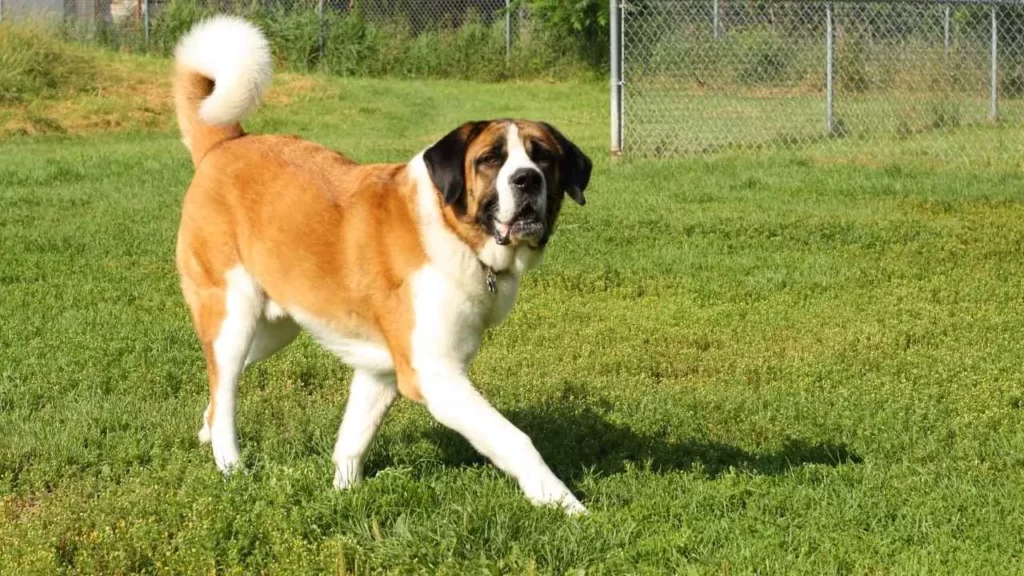
Both breeds are intelligent, the Pyrenees tend to be more stubborn in training. You’ll have to be calm and consistent dog owner to shape their behavior without breaking their spirit. Saints are more food-motivated and eager to please.
If you want a dog that’s emotionally intuitive, calm around strangers, and not overly clingy, the Great Pyrenees might be your match. But if you love dogs that are sociable, goofy, and affectionate, the Saint Bernard will steal your heart.
Great Pyrenees vs. Saint Bernard: Drooling Tendencies
Now here’s the not-so-glamorous side of these dogs. The drool! The Saint Bernard, as most people know, is famous for its slobbery kisses. Hills Pet notes that their drooling tendencies are significant, especially after eating, drinking, or exercising. Their large jowls make them prone to what many dog owners call “mouth waterfalls.”
The Great Pyrenees, in contrast, is much tidier in the mouth department. They’re not excessive droolers, and many pet parents appreciate this difference. They may drool sometimes, especially in warm weather it’s nothing compared to a Saint.
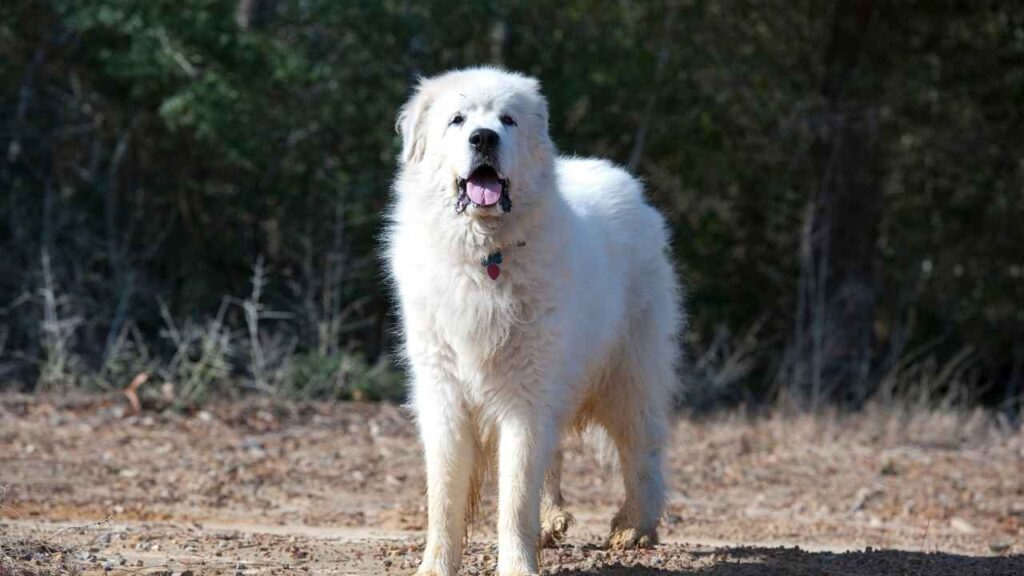
For cleanliness around the home, furniture and clothing, the Great Pyrenees has a clear edge. If wiping down walls and carrying a drool towel aren’t on your wishlist this could be a real deciding factor.
Of course, for some, the Saint’s slobber is just part of their big-dog charm. It’s important to be honest with yourself, “Can you handle the drool”?
Great Pyrenees vs. Saint Bernard: Common Health Issues
Like most giant breeds, the Great Pyrenees and Saint Bernard are both vulnerable to certain health concerns. Being aware of these risks helps you take proactive steps toward keeping your furry companion happy and healthy for as long as possible.
Hip dysplasia is a common issue in both breeds. Their large frames put extra strain on their joints, so regular, low-impact exercise and a diet that supports joint health are essential. Another shared concern is gastric dilatation-volvulus (bloat), a serious condition that can be life-threatening if not treated immediately. To reduce the risk, feed them smaller, more frequent meals and avoid vigorous activity right after eating.
Saint Bernards, in particular, may be more prone to heart problems and certain bone cancers. Their shorter lifespan and heavier build can make aging tougher, and they tend to gain weight easily, which puts even more stress on their joints.
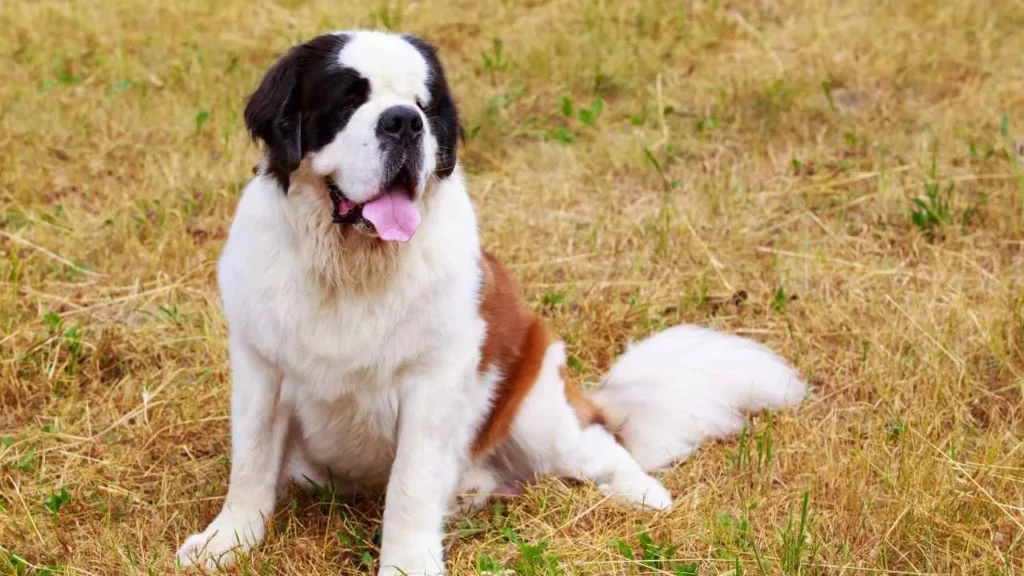
The best way to stay ahead of potential problems? Consistent vet visits. Catching issues early makes a world of difference in managing the health of these gentle giants.
Great Pyrenees vs. Saint Bernard: Lifespan and Longevity
Giant breeds may not live as long as smaller dogs, but the time you spend with them is filled with love, loyalty, and unforgettable moments. Both the Great Pyrenees and Saint Bernard live relatively short, but deeply meaningful lives.
The Great Pyrenees typically enjoys a slightly longer lifespan of around 10 to 12 years, especially when given proper care. Their calmer nature and leaner frame might help them age a little more gracefully.
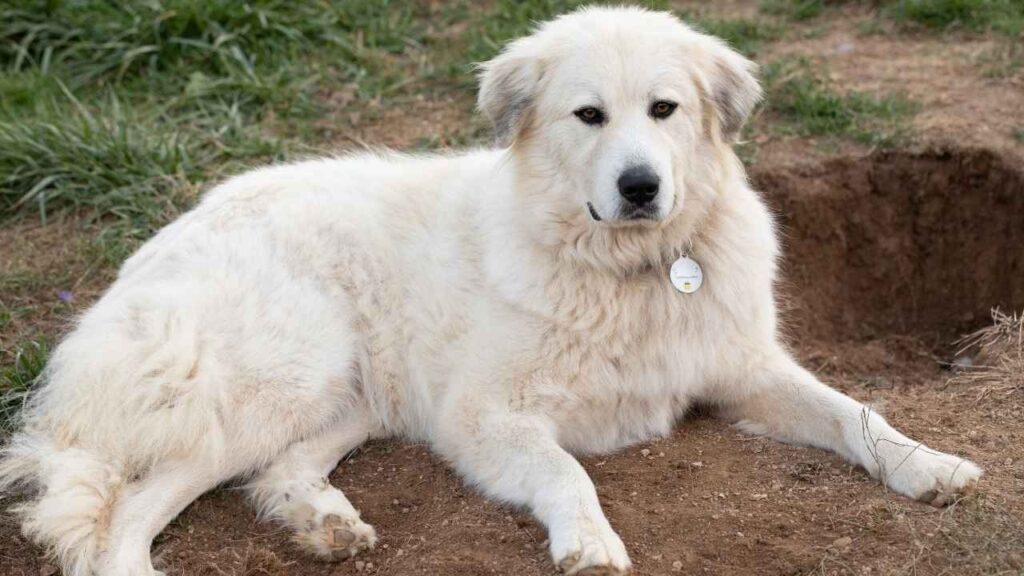
Saint Bernards, on the other hand, usually live around 8 to 10 years. Their heavier build and those famous droopy jowls might look adorable, but they can sometimes be signs of underlying health concerns that need attention.
To help both breeds live their best lives:
Keep their weight in check with proper portions and nutrition. High-quality dog foods, especially for giant breeds, are great choices.
Daily grooming and regular walks are important—not just for health, but also for bonding.
Create a calm, loving environment that gives them security and companionship.
Yes, their time may be shorter, but the love, joy, and loyalty they give in those years? Absolutely priceless. These gentle giants don’t just fill your home—they fill your heart.
Conclusion
If you want a loyal, independent protector who guards quietly, the Pyrenees might be your heart dog. If you crave a cuddly, slobbery best friend who adores you, the Saint could be your perfect match.
Whichever you choose, you’re getting more than a dog. You’re gaining a companion that leaves an unforgettable mark on your home, your heart, and your life.


